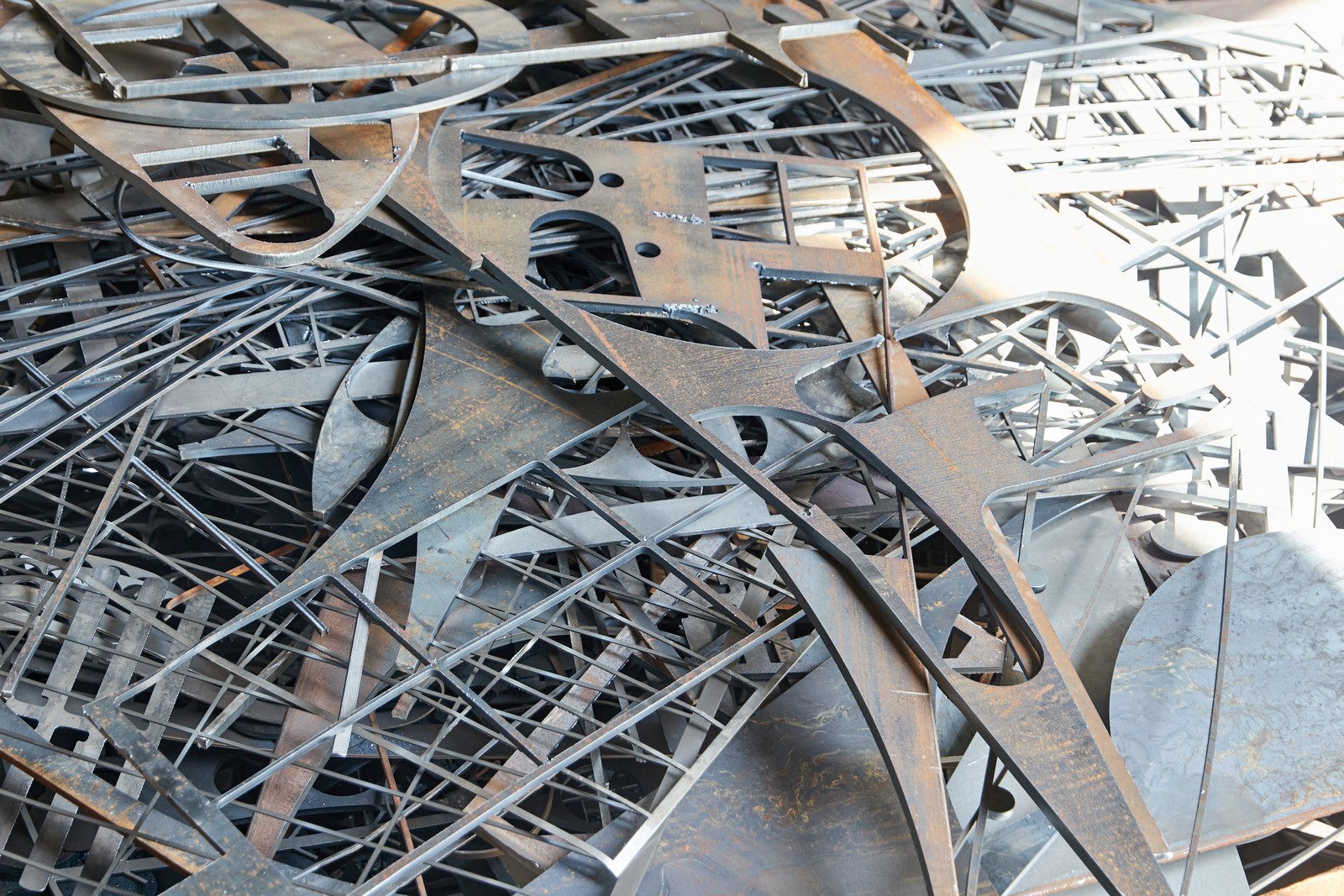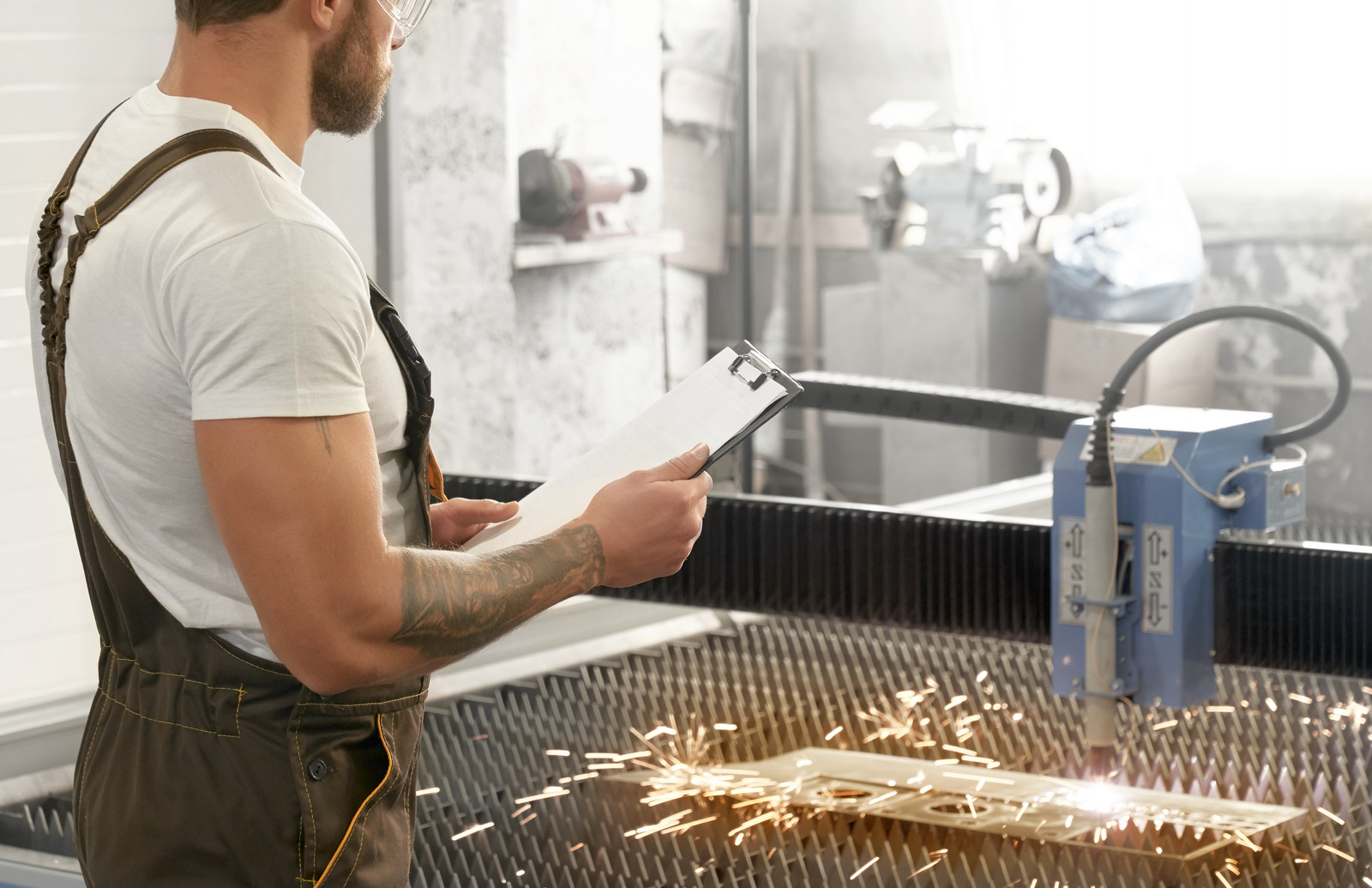Hello everyone! If you’re looking to do some laser cutting vector art, you need to know what materials are best to use. In this article, we’ll discuss the best materials to use when creating laser cutting vector art, as well as the pros and cons of each. Let’s get started!
Different Materials used for Laser Cutting Vector Art
Wood
Wood is one of the best materials for laser cutting vector art because of its innate characteristics. Wood is easy to etch with a laser cutter, providing great results. The soft, organic properties of wood make it incredibly amenable to the intricacy of vector artwork.
With a laser cutter and a vector image, you can create intricate pieces of art, including engravings and etchings. Wood is also a good choice for achieving a range of different finishes.
Acrylic
When it comes to laser cutting vector art, there is no single material that works best for every application and project. Depending on the desired design, color, and texture, one may be better suited than the other. One such material, however, that is a good option for laser cutting vector art is acrylic.
Acrylic is a lightweight, yet durable, plastic material that is easy to use with laser cutters and engravers. It is an ideal choice when creating signage, awards, gifts, and more. Interestingly, acrylic can also be used to create 3D objects using a laser cutter/engraver, producing intricate shapes and complex patterns.
Metal
Metal is one of the best materials to use for laser cutting vector art, thanks to its excellent strength and durability. Vector images are often used in laser cutting projects, like creating intricate sculptures or precise jewelry designs. With metal, the laser cuts the image precisely and cleanly, leaving a precise edge.
Laser cut metal can also be used for precise and detailed engraving, as the laser will not damage the metal itself. Because of its strength and durability, metal can be used for a variety of projects, from making custom jewelry to creating detailed sculptures.
Cardboard
materials Cardboard is one of the best materials for laser cutting vector art. Vector images are great for laser cutting since they contain precise lines and shapes. Laser cutters can easily cut through cardboard, making it a great option for intricate vector graphics.
The powerful laser beam will vaporize the material while simultaneously engraving the outline of the design into the surface. The resulting engraving will be of good quality and very accurate. With careful planning, you can create intricate pieces of art with a laser cutter.
Paper
Paper is one of the best materials for laser cutting vector art and is frequently used for laser cutting projects. Paper can offer you a good and cost effective way to produce a range of vector graphics with a laser cutter. Vector artwork is easily cut out of paper due to its low melting point, and is an ideal substrate for laser engraving.
The nature of the paper also allows it to absorb light and heat uniformly and accurately, which leads to better quality results.
Leather
Leather is a great material to use when laser cutting vector art. It’s durable, pliable, and has an aesthetically pleasing finish that works well with a variety of design options. Leather has been used in engraving and laser cutting for centuries, making it an excellent choice for anyone looking to create unique and intricate designs.
Leather can be used to create both artistic and functional items. It is capable of providing good clarity and detail, especially when used with a laser engraving machine.
What Materials Work Best for Laser Cutting Vector Art?
Comparision of different materials
materials When it comes to laser cutting vector art, there is no one-size-fits-all approach – different materials work best for different projects. For example, wood is a popular choice for its affordability and ability to be easily crafted into complex shapes. Metals, such as aluminum and stainless steel, are ideal for cutting intricate patterns.
Acrylic is perfect for creating detailed surfaces and engraving, while leather offers the added benefit of being environmentally friendly.
Discussing advantages and disadvantages of every material
Laser cutting vector art is a great way to create precise, intricate designs in a variety of materials. Depending on your project, you may want to consider different materials for best results. To help you make the right choice, let’s discuss the advantages and disadvantages of each material.
Wood is an ideal material for laser cutting vector art because it’s easy to work with and can be very aesthetically pleasing. It can hold intricate details, looks striking with a contrasting painted background, and provides an attractive finish.

Tips on Choosing the Right Material for Laser Cutting Vector Art
Strength of Material
materials Finding the right material for laser cutting and engraving vector graphics is not an easy task. It requires knowledge of the strengths and weaknesses of the various materials available. When it comes to strength, you need to consider the thickness and surface texture of the material as well as the type of laser cutter you will be using.
When choosing a material with good strength for laser cutting vector art, the best materials are often wood, acrylic, and metal.
Cutting Characteristics
materials When trying to decide what materials are best for laser cutting vector art, pay attention to the cutting characteristics. When used with the right type of laser cutter, vector images can be cut with extraordinary precision and accuracy. Different types of materials have different cutting characteristics, so it is important to determine the type of laser cutting one needs and then find the best material to suit that need.
When selecting the best materials for laser cutting, first consider the desired cutting precision and accuracy.
Finish
When it comes to laser cutting vector art, the finish of the material you choose is just as important as the quality of the artwork. Different materials react differently when laser cutting, so it’s important to pick a material that will provide a good engraving. When it comes to selecting the best material for your project, there are a few key things to keep in mind.
Firstly, think about the type of laser cutter you’re using.
Design Flexibility
When it comes to laser cutting vector art, design flexibility is a major consideration. Vector images are incredibly versatile and can be manipulated in various ways to create unique cutting patterns. That said, choosing the right material for laser cutting vector art is key to achieving the best results.
The best materials for laser cutting vector art combine precision, durability, strength, and cost-effectiveness. One of the most important factors when selecting the best material for laser cutting vector art is the substrate – the material on which you’re going to cut on. The most popular substrate choices include wood, acrylic, and aluminum.
Cost
When selecting the best materials for laser cutting vector art, cost is an important factor to consider. While it can be tempting to try and go with a cheaper option, it is important to remember that a good laser cutter is an investment and it is worth investing a little extra for quality materials that can help you get the best results from your laser cuts. Many materials are available for laser cutting, ranging from plastics and metals to paper and fabric.
The cost of these materials can vary greatly, depending on the type and thickness of the material.

Which acrylic is best for laser cutting?
When it comes to laser cutting vector art, picking the right material to produce the best results can be tricky. Acrylic is one of the most popular materials used for laser cutting and engraving. It is affordable, lightweight and durable and can be used to create intricate, artful works of art.

Conclusion
Key takeaways from the article
In this article, we’ve looked at the best materials for laser cutting vector art. The key takeaway from this article is that vector images, like those found in SVG (Scalable Vector Graphics) files, are ideal for laser cutting. SVGs are made up of mathematically-defined lines and curves that are easy for a laser cutter to interpret, making them a great choice for intricate laser cutting projects.
Vector images are also editable, enabling you to refine the design or make changes quickly and easily.


